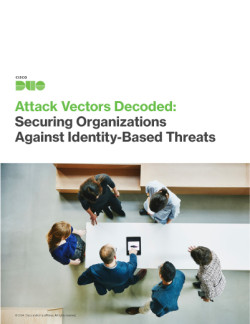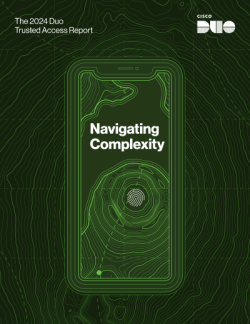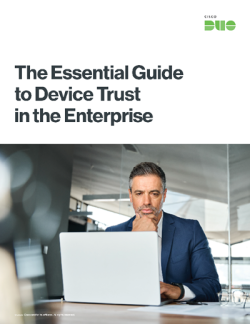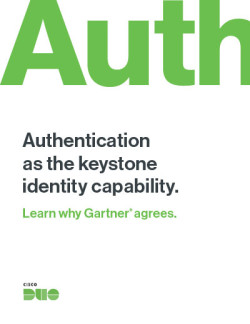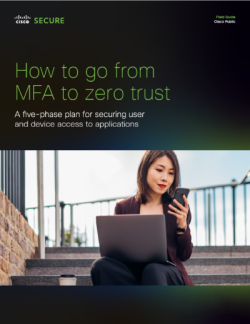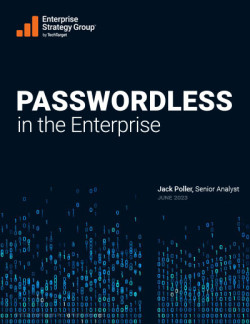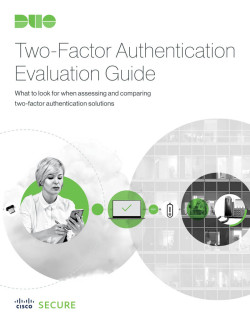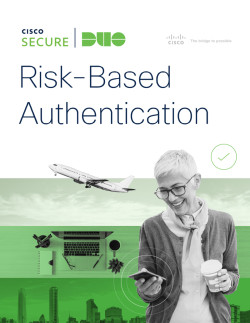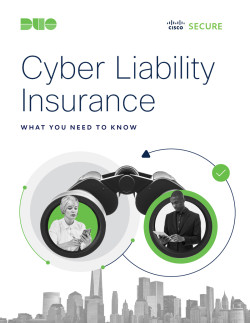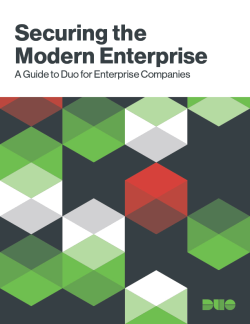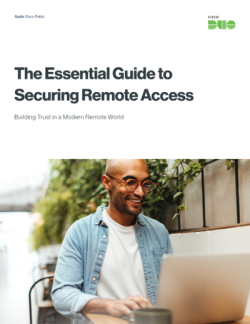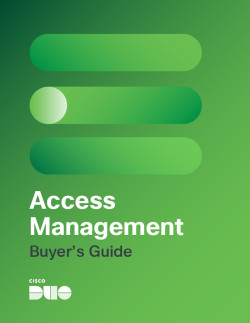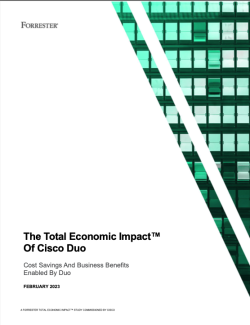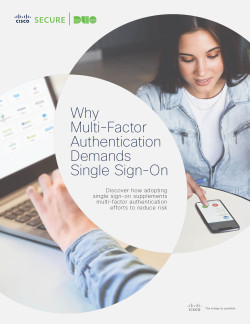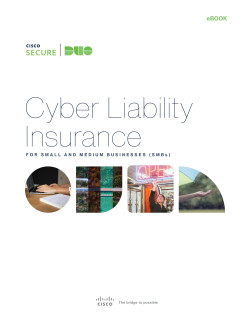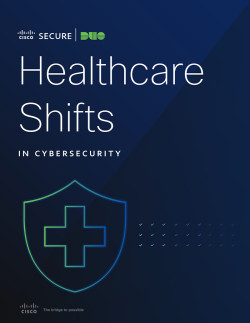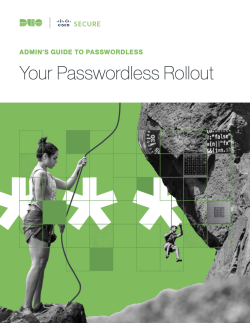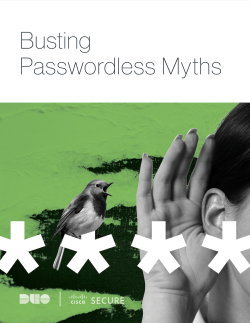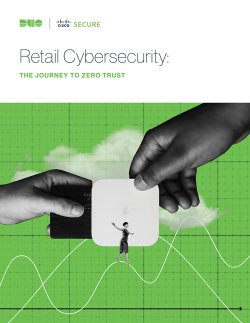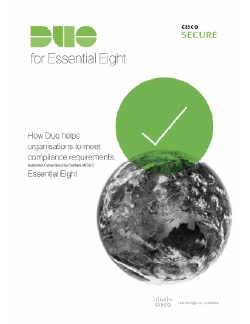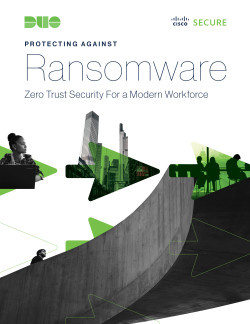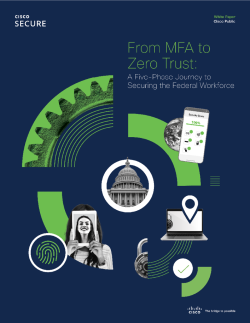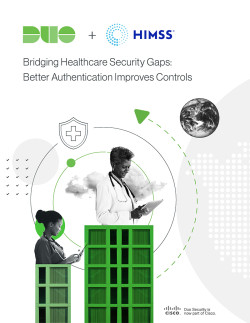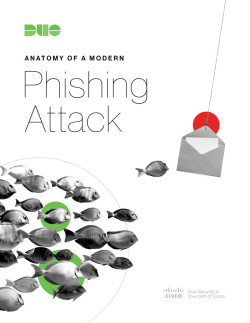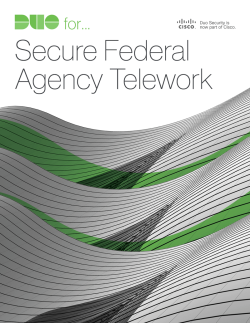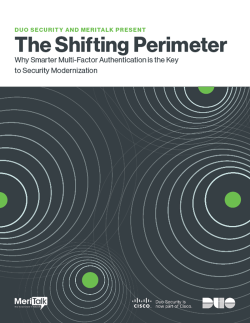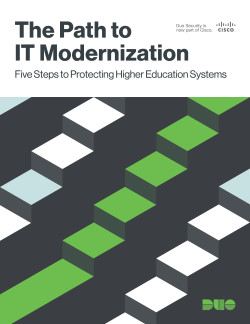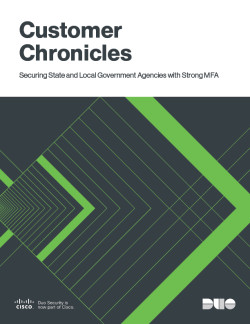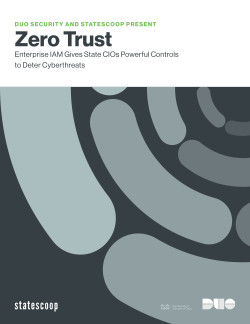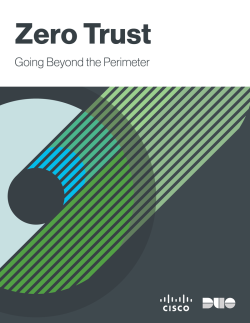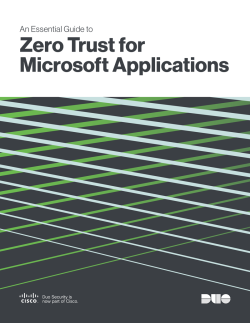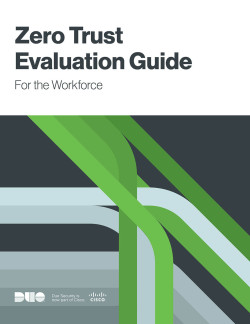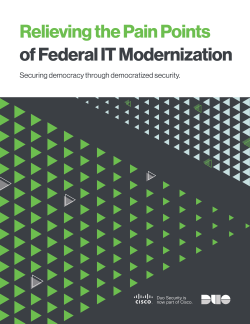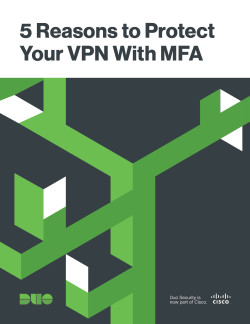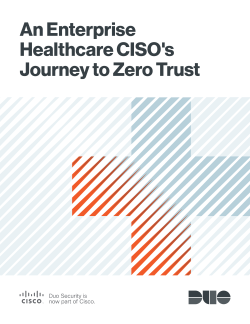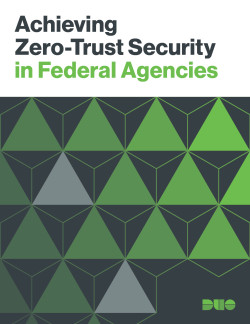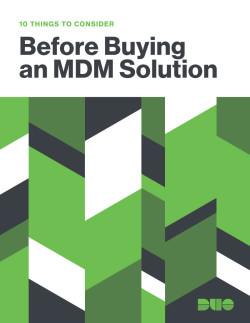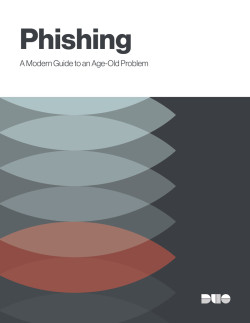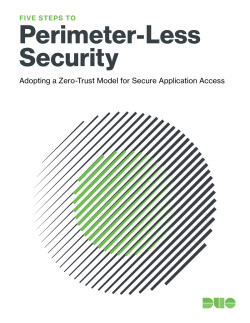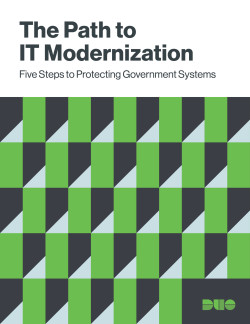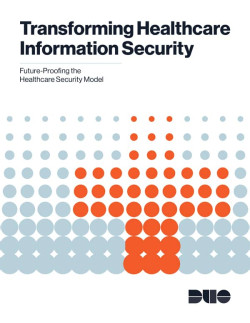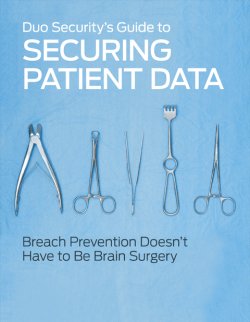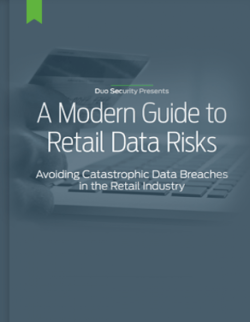Ebooks
- Identity Security for Dummies
- Multi-Factor Authentication (MFA) Evaluation Guide
- Passwordless: The Future of Authentication
- Building an Identity Security Program
- Zero Trust – Simplified with Cisco Duo & Microsoft
- Securing Organizations Against Identity-Based Threats
- Duo Managed Service Provider (MSP) Playbook
- The 2024 Duo Trusted Access Report
- The Essential Guide to Device Trust in the Enterprise
- Authentication Is the Keystone Identity Capability
- How to go from MFA to Zero Trust
- Passwordless in the Enterprise
- How to Successfully Deploy Duo at Enterprise Scale
- Two-Factor Authentication (2FA) Evaluation Guide
- Risk-Based Authentication: How Duo Can Reduce Risks For Hybrid Work
- How Cyber Insurance Can Be a Lifeline in Today’s Evolving Threat Landscape
- Securing the Modern Enterprise: A Guide to Duo for Enterprise Companies
- The Essential Guide to Securing Remote Access
- Access Management Buyer’s Guide
- The Total Economic Impact of Cisco Duo
- Why Multi‑Factor Authentication Demands Single Sign‑On
- Cyber Liability Insurance for Small and Medium Businesses
- Healthcare Shifts In Cybersecurity
- Admin’s Guide to Passwordless: Your Passwordless Rollout
- Busting Passwordless Myths
- Retail Cybersecurity: The Journey to Zero Trust
- The State of Information Security in the Healthcare Industry
- Duo for Essential 8: Mitigating Risk for Australian Organisations with Cisco Duo
- Zero Trust at Scale: A Look Inside Cisco’s Zero Trust Integration Model
- Find out how Cisco Zero Trust makes the lives of CISOs in Higher Ed easier
- Protecting Against Ransomware: Zero Trust Security for a Modern Workforce
- From MFA to Zero Trust: A Five-Phase Journey to Securing the Federal Workforce
- Bridging Healthcare Security Gaps: Better Authentication Improves Controls
- Security Outcomes Study (Cisco Security)
- Anatomy of A Modern Phishing Attack
- Duo for Secure Federal Agency Telework
- Duo Security & MeriTalk Present: The Shifting Perimeter
- The Path to IT Modernization: Five Steps to Protecting Higher Education Systems
- Customer Chronicles: Securing State and Local Government Agencies with Strong MFA
- Zero Trust Enterprise IAM Gives State CIOs Powerful Controls to Deter Cyberthreats
- Zero Trust: Going Beyond the Perimeter
- An Essential Guide to Zero Trust for Microsoft Applications
- Zero Trust Evaluation Guide: For the Workforce
- Relieving the Pain Points of Federal IT Modernization
- 5 Reasons to Protect Your VPN With MFA
- An Enterprise Healthcare CISO’s Journey to Zero Trust
- Achieving Zero-Trust Security in Federal Agencies
- 10 Things to Consider Before Buying an MDM Solution
- Phishing: A Modern Guide to an Age-Old Problem
- Five Steps to Perimeter-Less Security: Adopting a Zero Trust Model for Secure Application Access
- The Path to IT Modernization: Five Steps to Protecting Government Systems
- Transforming Healthcare Information Security
- Guide to Securing Patient Data
- Modern Guide to Retail Data Risks






